Home>Storage & Organization>Kitchen Organizing Tools>How Big Should A Litter Box Be For A Cat
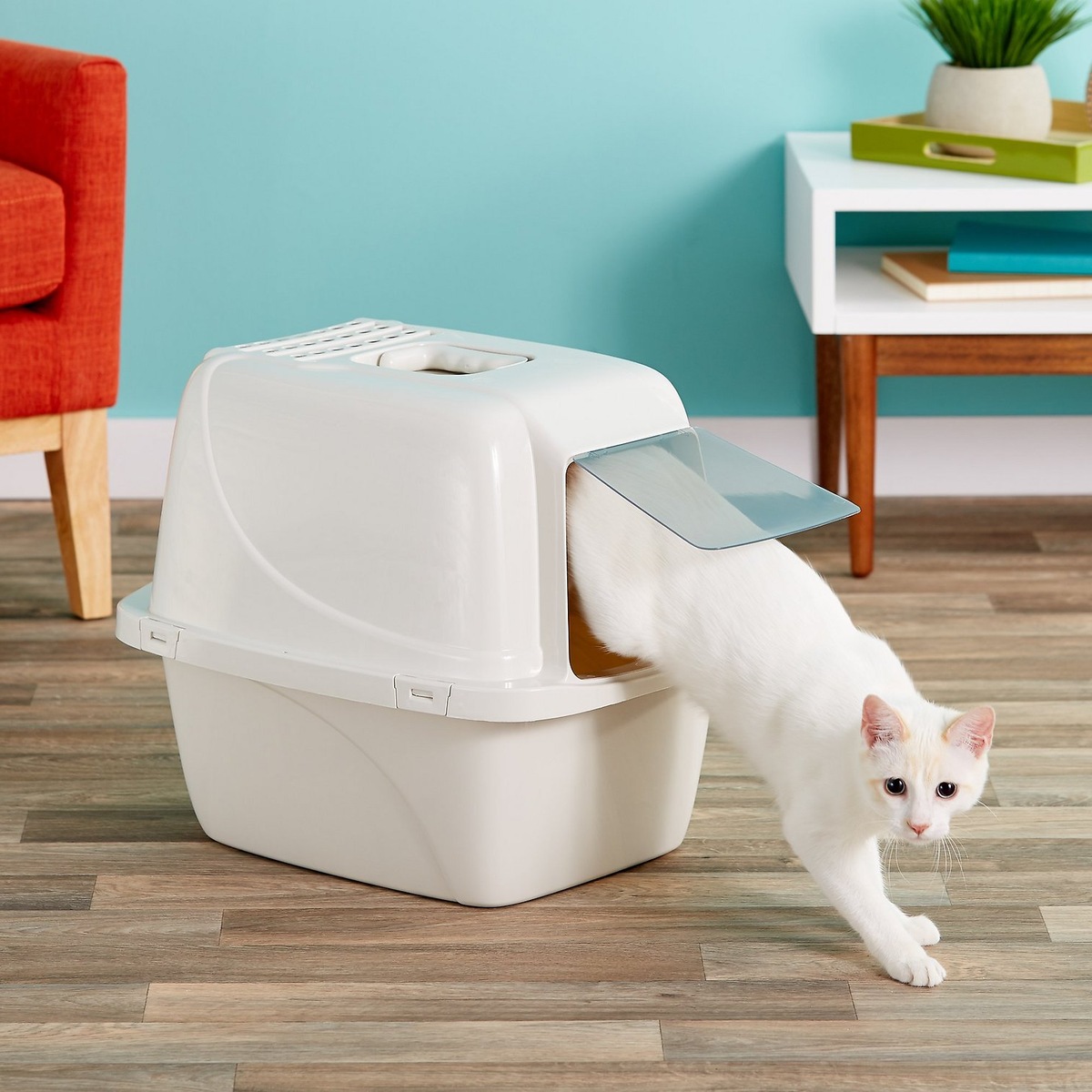

Kitchen Organizing Tools
How Big Should A Litter Box Be For A Cat
Modified: February 25, 2024
Discover the ideal size for a cat litter box and essential kitchen organizing tools for a clean and efficient space. Explore expert tips and recommendations.
(Many of the links in this article redirect to a specific reviewed product. Your purchase of these products through affiliate links helps to generate commission for Storables.com, at no extra cost. Learn more)
Introduction
Choosing the right size for a litter box is crucial for ensuring your cat's comfort and well-being. Cats are meticulous creatures, and providing them with a properly sized litter box can significantly impact their litter box habits and overall happiness. Whether you have a small kitten or a large adult cat, understanding the ideal dimensions for a litter box is essential for maintaining a harmonious environment for both you and your feline companion.
The size of a litter box plays a pivotal role in a cat's willingness to use it consistently. Cats are known for their discerning nature, and a cramped or inadequately sized litter box can lead to aversion and reluctance to use it. On the other hand, a spacious and appropriately sized litter box can promote a positive litter box experience for your cat, reducing the likelihood of accidents and behavioral issues.
In this comprehensive guide, we will delve into the significance of selecting the right size for a litter box and explore the various factors that should be taken into consideration. Additionally, we will provide recommendations for the ideal litter box sizes based on different cat breeds, ensuring that you can make an informed decision when choosing a litter box for your feline friend. By understanding the importance of size and learning how to select the right dimensions, you can create a comfortable and inviting space for your cat to fulfill their natural instincts while maintaining a clean and hygienic living environment for both of you.
Key Takeaways:
- Choose a litter box size that fits your cat’s breed, age, and preferences to promote a positive litter box experience and prevent potential aversion or accidents.
- Consider multiple litter boxes for multi-cat households, tailored to each cat’s size and needs, to minimize conflicts and ensure a stress-free elimination environment.
Read more: How Often Should A Cat Use The Litter Box?
Importance of the Right Size
The right size of a litter box is paramount for ensuring your cat's comfort and well-being. Cats are known for their fastidious nature, and providing them with a properly sized litter box can significantly impact their litter box habits and overall happiness. A litter box that is too small may make your cat feel cramped and uncomfortable, leading to aversion and potential accidents outside the box. On the other hand, an excessively large litter box may not provide the sense of security and privacy that cats instinctively seek when using the litter box.
Cats are territorial animals, and the size of their litter box can influence their perception of the designated elimination area. A properly sized litter box can offer a sense of security and ownership, encouraging your cat to use it consistently. Conversely, an ill-fitting litter box may cause stress and anxiety, leading to avoidance behaviors and potential litter box issues.
Furthermore, the right size of a litter box is essential for accommodating your cat's natural behaviors. Cats instinctively prefer to have ample space to move around and assume their preferred posture when using the litter box. A spacious litter box allows your cat to comfortably turn around, dig, and cover their waste, mimicking their natural behavior in the wild. This can contribute to a positive litter box experience, reducing the likelihood of accidents and promoting regular litter box usage.
In multi-cat households, the importance of the right size is amplified. Cats may feel vulnerable when using a litter box that is too small, especially if they perceive it as a potential area of confrontation with other feline housemates. Providing appropriately sized litter boxes for each cat can help mitigate potential conflicts and ensure that each feline companion has a designated elimination space that meets their individual needs.
By understanding the significance of selecting the right size for a litter box, you can proactively promote your cat's well-being and foster a positive litter box environment. The right size not only contributes to your cat's physical comfort but also plays a pivotal role in supporting their emotional and behavioral needs. Ultimately, choosing the right size for a litter box is a fundamental aspect of responsible cat ownership, contributing to a harmonious living environment for both you and your feline companion.
Factors to Consider
When selecting the right size for a litter box, several crucial factors should be taken into consideration to ensure that it meets the specific needs of your cat. Understanding these factors can guide you in making an informed decision and ultimately contribute to a positive litter box experience for your feline companion.
1. Cat's Size and Age
The size and age of your cat play a significant role in determining the appropriate dimensions for a litter box. Larger cats, such as Maine Coons or Ragdolls, require a spacious litter box that allows them to move comfortably and assume their preferred posture when using it. Conversely, kittens and smaller cat breeds may feel overwhelmed by an excessively large litter box, leading to potential aversion. Considering your cat's size and age is essential for selecting a litter box that aligns with their physical capabilities and developmental stage.
2. Litter Box Entry and Exit
The accessibility of the litter box is a crucial consideration, especially for senior cats or those with mobility issues. Litter boxes with lower entry points or open designs can facilitate easy access for cats with limited mobility, ensuring that they can enter and exit the litter box without difficulty. Additionally, considering the ease of entry and exit can contribute to a stress-free litter box experience for cats of all ages and physical abilities.
Read more: How To Travel With A Cat Litter Box
3. Space Constraints
If you live in a smaller apartment or have limited space for a litter box, it's important to consider the available area when determining the size of the litter box. In such cases, opting for a compact yet appropriately sized litter box can help accommodate your cat's needs while fitting seamlessly into your living space. Some litter boxes are designed with space-saving features, such as corner-friendly shapes or stackable configurations, making them ideal for households with spatial limitations.
4. Multi-Cat Household Dynamics
In multi-cat households, understanding the dynamics between your feline companions is essential when choosing the size of litter boxes. Cats may exhibit territorial behaviors, and providing multiple appropriately sized litter boxes can help prevent conflicts and promote individual elimination spaces for each cat. Considering the social dynamics and hierarchy among your cats can guide you in strategically placing and sizing the litter boxes to minimize potential stress and competition.
5. Behavioral Preferences
Each cat has unique behavioral preferences when it comes to using the litter box. Observing your cat's litter box habits and preferences can provide valuable insights into the ideal size and design that would best suit their needs. Some cats may prefer larger, uncovered litter boxes that offer ample space and visibility, while others may feel more secure in smaller, enclosed litter boxes that provide privacy and seclusion. Understanding your cat's individual preferences can help you tailor the litter box size to align with their specific needs and comfort.
By considering these factors when choosing the size of a litter box, you can make a well-informed decision that prioritizes your cat's comfort, accessibility, and behavioral tendencies. Taking into account your cat's unique characteristics and living environment can lead to the selection of a litter box that promotes positive litter box habits and contributes to a harmonious coexistence between you and your feline companion.
Recommended Size for Different Cat Breeds
When it comes to selecting the right size for a litter box, considering the specific needs of different cat breeds is essential for promoting a positive litter box experience. Each cat breed possesses unique physical attributes and behavioral tendencies that can influence their preferences for litter box dimensions. By tailoring the size of the litter box to accommodate the characteristics of various cat breeds, you can ensure that each feline companion has a comfortable and inviting elimination space that aligns with their individual requirements.
Small to Medium Cat Breeds
For small to medium cat breeds, such as Siamese, Abyssinian, or Scottish Fold, a litter box with dimensions ranging from 18 to 22 inches in length and 14 to 18 inches in width is generally suitable. These dimensions provide ample space for cats of this size to move comfortably, assume their preferred posture, and engage in natural digging and covering behaviors. Additionally, a litter box with a depth of approximately 5 to 7 inches can accommodate the litter substrate while preventing spillage and offering a comfortable depth for digging.
Large Cat Breeds
Larger cat breeds, such as Maine Coons, Ragdolls, or Norwegian Forest Cats, require more spacious litter boxes to accommodate their substantial size and physical capabilities. A litter box with dimensions of 22 to 26 inches in length and 18 to 22 inches in width is recommended for larger cat breeds. The increased dimensions provide ample room for these cats to maneuver comfortably, ensuring that they can enter, turn around, and assume their preferred posture without feeling confined. Additionally, opting for a litter box with a depth of 6 to 8 inches can accommodate the litter substrate while catering to the digging and covering behaviors of larger cats.
Multi-Level or Enclosed Litter Boxes
For breeds known for their preference for privacy and seclusion, such as Persians or Russian Blues, multi-level or enclosed litter boxes can offer a sense of security and privacy. These breeds may benefit from litter boxes with dimensions of 20 to 24 inches in length, 16 to 20 inches in width, and a height of 15 to 18 inches. The additional height provides a secluded environment while accommodating their natural inclination for privacy during elimination. Additionally, the enclosed design can help contain litter scatter and provide a designated space for these breeds to fulfill their litter box needs comfortably.
By considering the recommended litter box sizes for different cat breeds, you can tailor the litter box dimensions to align with the specific needs and physical attributes of your feline companions. Understanding the ideal size for each cat breed can contribute to a harmonious litter box environment, promoting regular litter box usage and ensuring that each cat has a designated elimination space that meets their individual requirements.
Tips for Choosing the Right Size
-
Measure Your Cat: Understanding your cat's size and physical attributes is crucial when selecting the right size for a litter box. Measure your cat's length and height while considering their preferred posture when using the litter box. This information can guide you in choosing a litter box that offers sufficient space for your cat to move comfortably and engage in natural elimination behaviors.
-
Consider Growth Potential: If you have a kitten or a young cat, consider their potential growth when selecting a litter box. Opting for a litter box with adjustable or scalable dimensions can accommodate your cat's growth, ensuring that they have a suitable elimination space as they mature into adulthood.
-
Observe Litter Box Habits: Pay attention to your cat's litter box habits and behaviors to gain insights into their preferences. Observing how they enter, exit, and maneuver within the litter box can provide valuable cues regarding the ideal size and design that would best suit their needs.
-
Multiple Litter Boxes: In multi-cat households, providing multiple appropriately sized litter boxes is essential for preventing competition and territorial conflicts. Each cat should have access to their designated litter box, tailored to their size and preferences, to promote individual elimination spaces and reduce stress.
-
Accessibility for Senior Cats: If you have senior cats or felines with mobility issues, prioritize the accessibility of the litter box. Choosing a litter box with a lower entry point or a spacious design can facilitate easy access for older cats, ensuring that they can use the litter box comfortably without physical strain.
-
Space-Conscious Designs: If you have limited space in your living environment, consider space-conscious litter box designs that offer the right dimensions without occupying excessive room. Look for corner-friendly or stackable litter boxes that optimize space while providing adequate room for your cat's litter box needs.
-
Consult Breed-Specific Guidelines: For specific cat breeds, consult breed-specific guidelines or recommendations regarding litter box sizes. Some breed associations or veterinary resources may offer insights into the ideal dimensions that cater to the unique characteristics and preferences of certain cat breeds.
-
Trial and Observation: If you are uncertain about the ideal size for your cat, consider trialing different litter box sizes and observing your cat's response. Cats' reactions to the size and design of the litter box can provide valuable feedback, guiding you in making adjustments to ensure an optimal fit.
By incorporating these tips into your decision-making process, you can confidently choose the right size for a litter box that aligns with your cat's needs and preferences. Prioritizing your cat's comfort and well-being through thoughtful consideration of the litter box size can contribute to a positive litter box experience and a harmonious living environment for both you and your feline companion.
Read more: What Is A Cat Litter Box
Conclusion
Selecting the right size for a litter box is a fundamental aspect of responsible cat ownership, with far-reaching implications for your feline companion's well-being and the overall harmony of your living environment. By understanding the significance of size and considering various factors, such as your cat's breed, age, and behavioral preferences, you can make an informed decision that prioritizes their comfort and natural instincts.
The ideal litter box size varies based on individual cat breeds, with small to medium breeds benefiting from dimensions ranging from 18 to 22 inches in length and 14 to 18 inches in width, while larger breeds may require more spacious options, such as dimensions of 22 to 26 inches in length and 18 to 22 inches in width. Additionally, considering multi-level or enclosed litter boxes for breeds that prefer privacy can cater to their specific needs.
Furthermore, observing your cat's litter box habits, considering growth potential, and prioritizing accessibility for senior cats are essential considerations when choosing the right size. In multi-cat households, providing multiple appropriately sized litter boxes is crucial for preventing conflicts and promoting individual elimination spaces.
Ultimately, the right size of a litter box contributes to your cat's physical comfort, emotional well-being, and litter box habits. It fosters a positive elimination environment, reduces the likelihood of accidents, and supports a stress-free coexistence among multiple feline companions. By incorporating these considerations and tips into your decision-making process, you can create a comfortable and inviting space for your cat to fulfill their natural instincts while maintaining a clean and hygienic living environment for both of you.
In conclusion, the right size for a litter box is not merely a matter of dimensions; it is a reflection of your commitment to understanding and meeting your cat's unique needs. By prioritizing their comfort and well-being through thoughtful consideration of the litter box size, you can cultivate a positive litter box experience and strengthen the bond with your feline companion.
Frequently Asked Questions about How Big Should A Litter Box Be For A Cat
Was this page helpful?
At Storables.com, we guarantee accurate and reliable information. Our content, validated by Expert Board Contributors, is crafted following stringent Editorial Policies. We're committed to providing you with well-researched, expert-backed insights for all your informational needs.
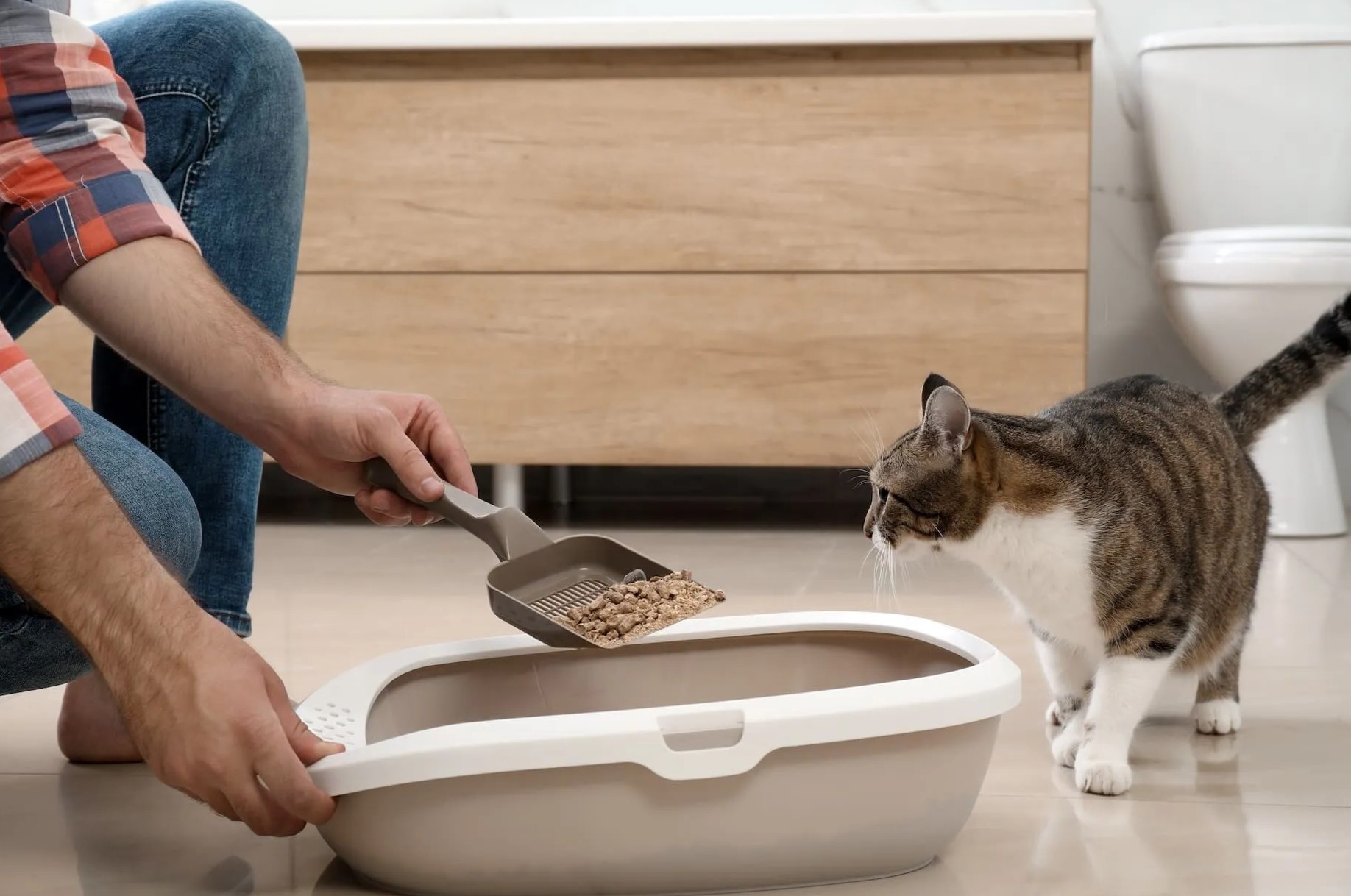
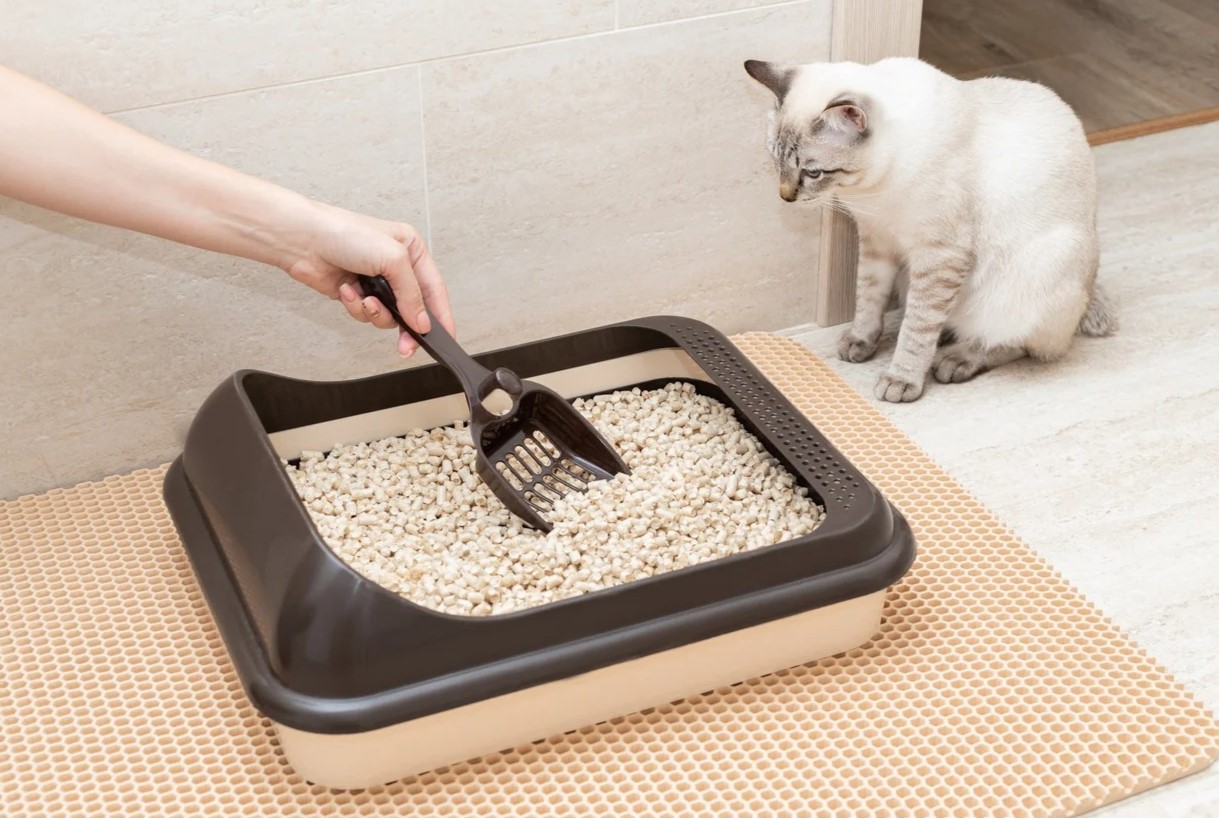
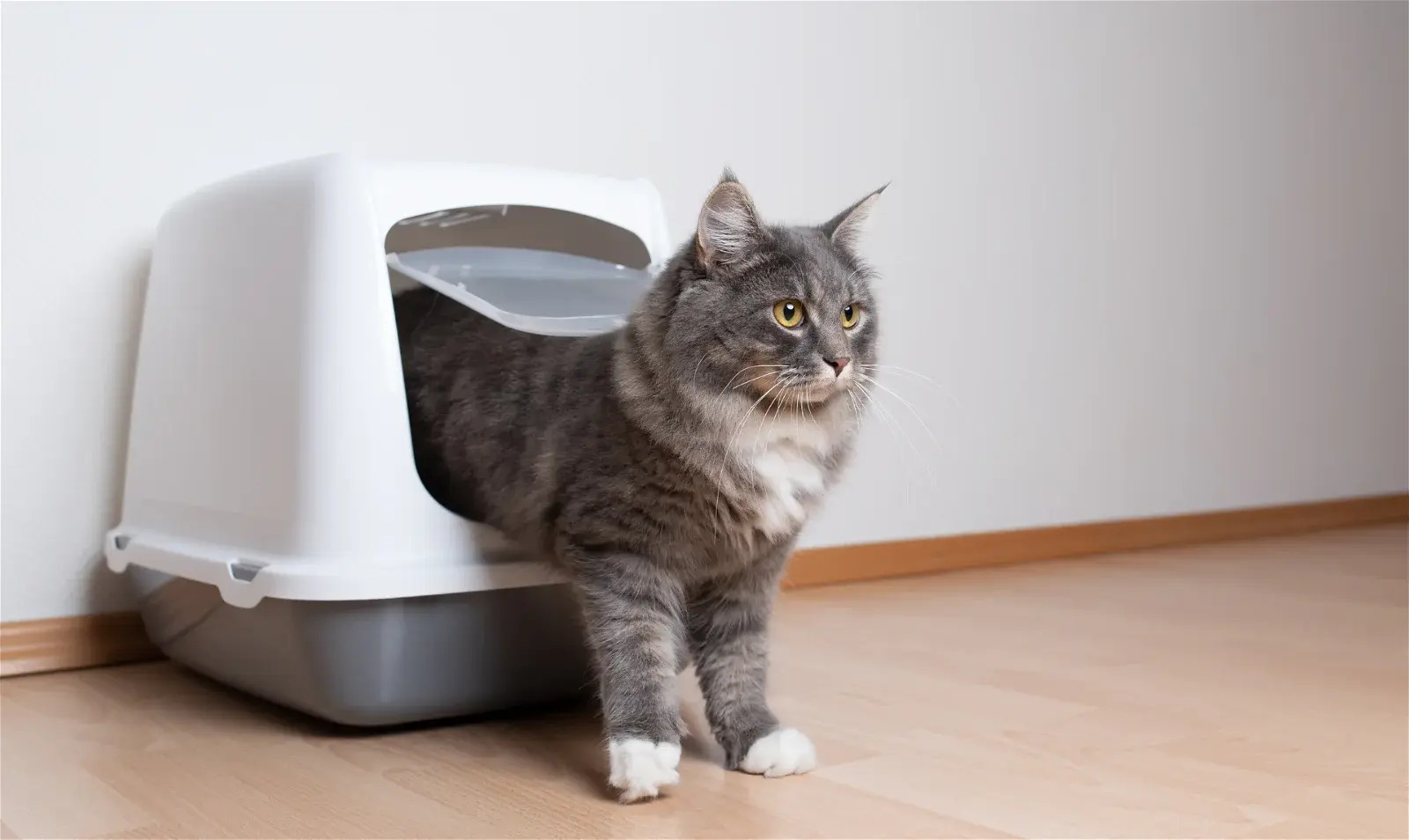
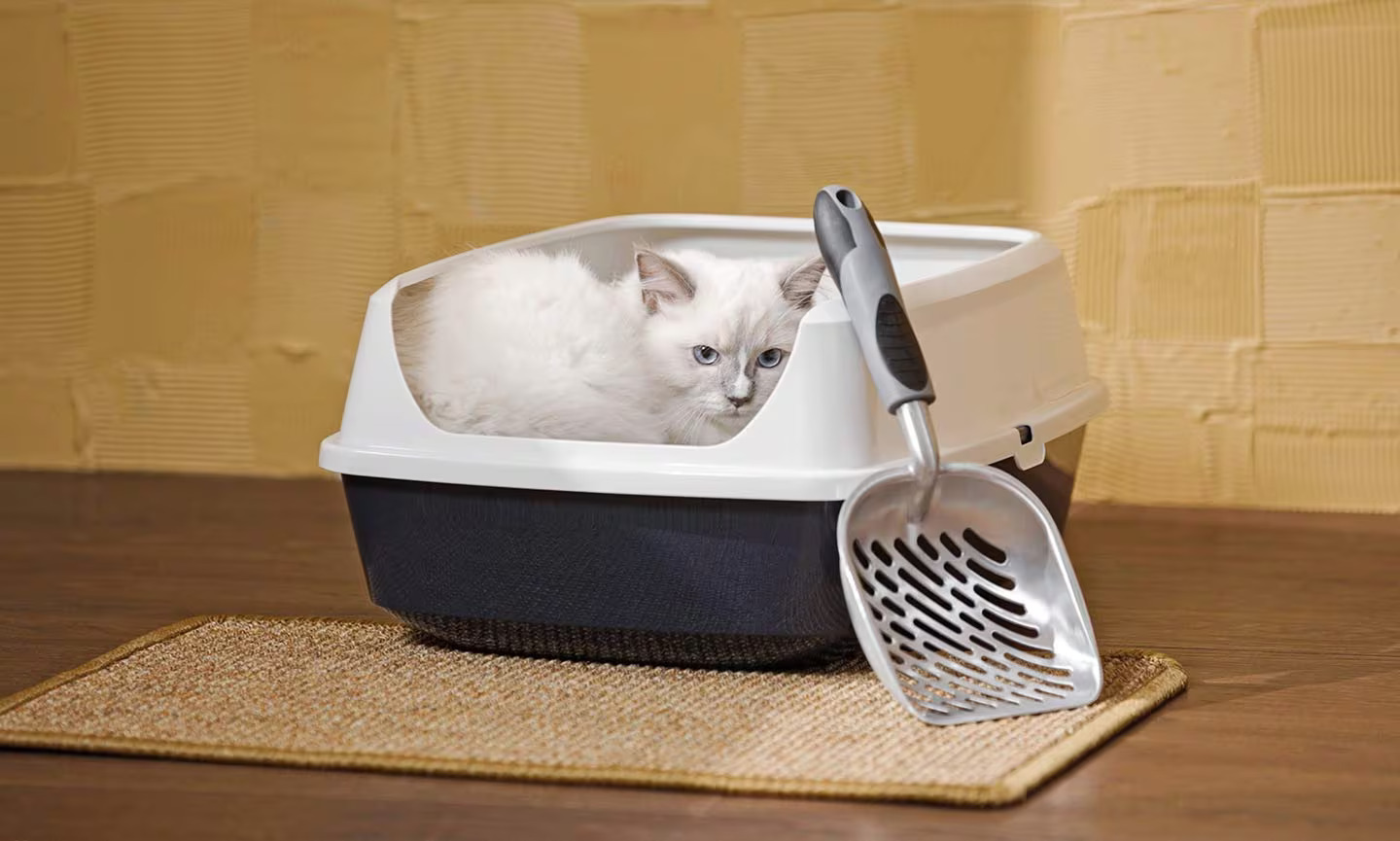
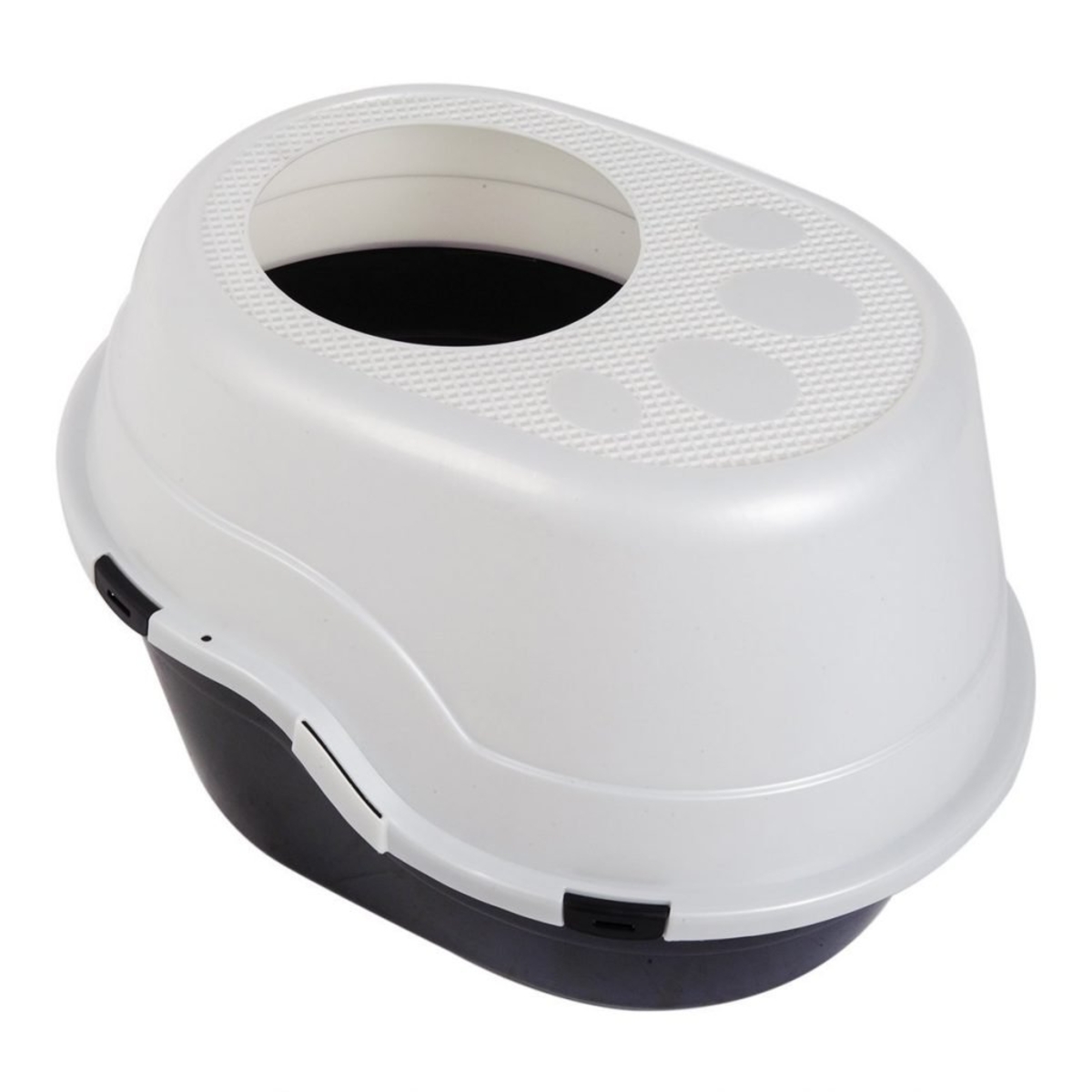
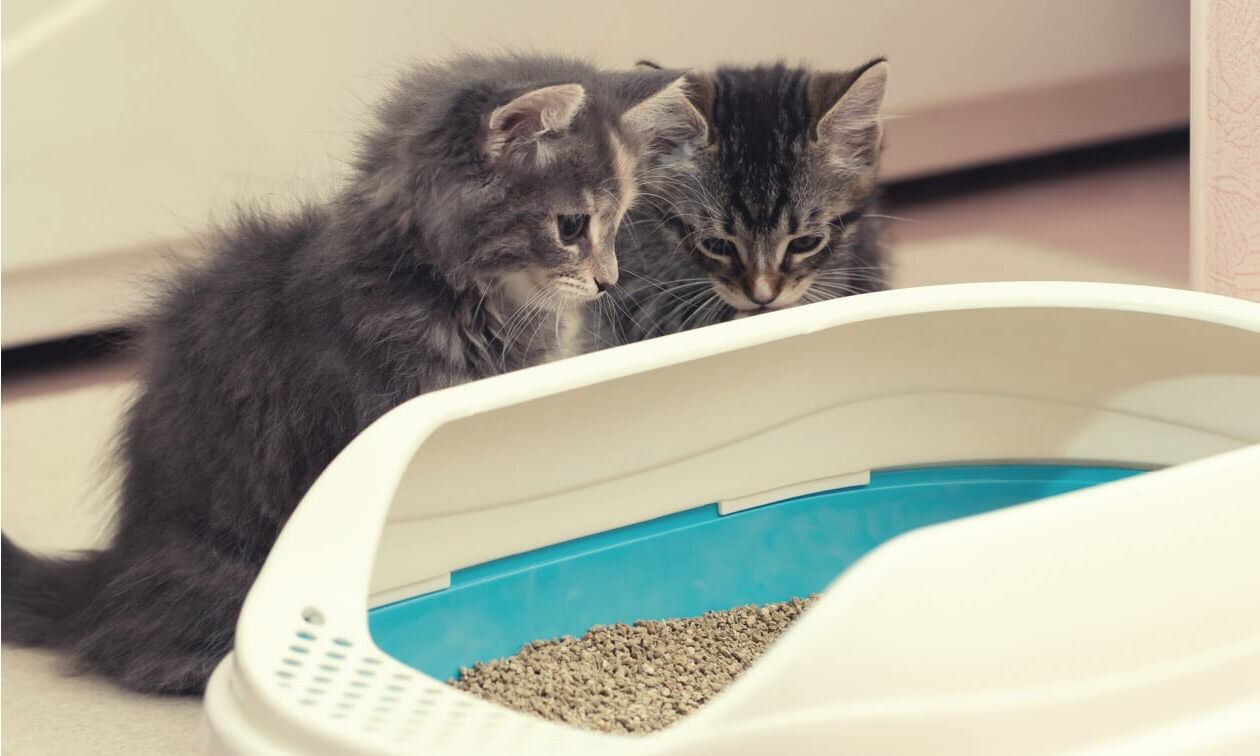
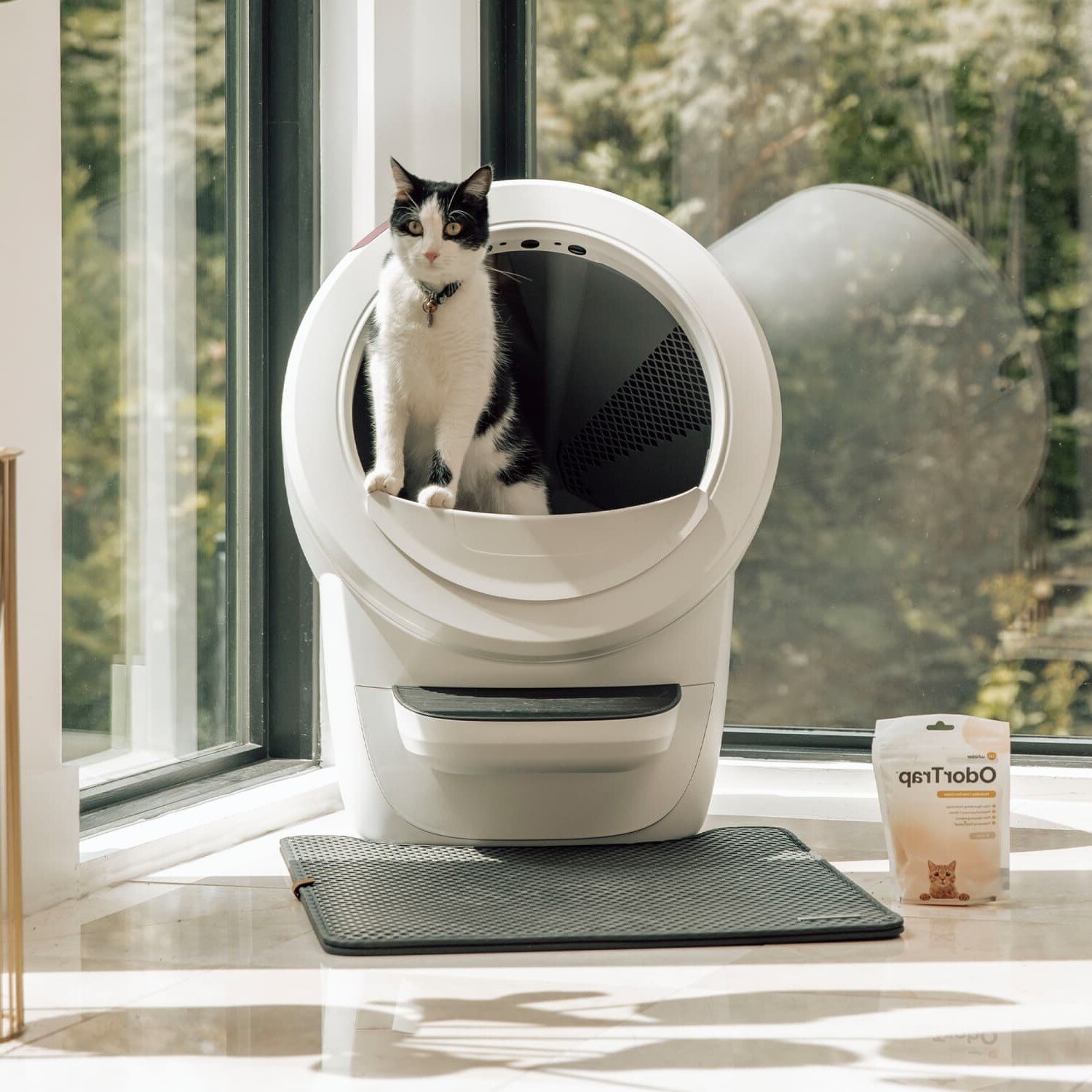
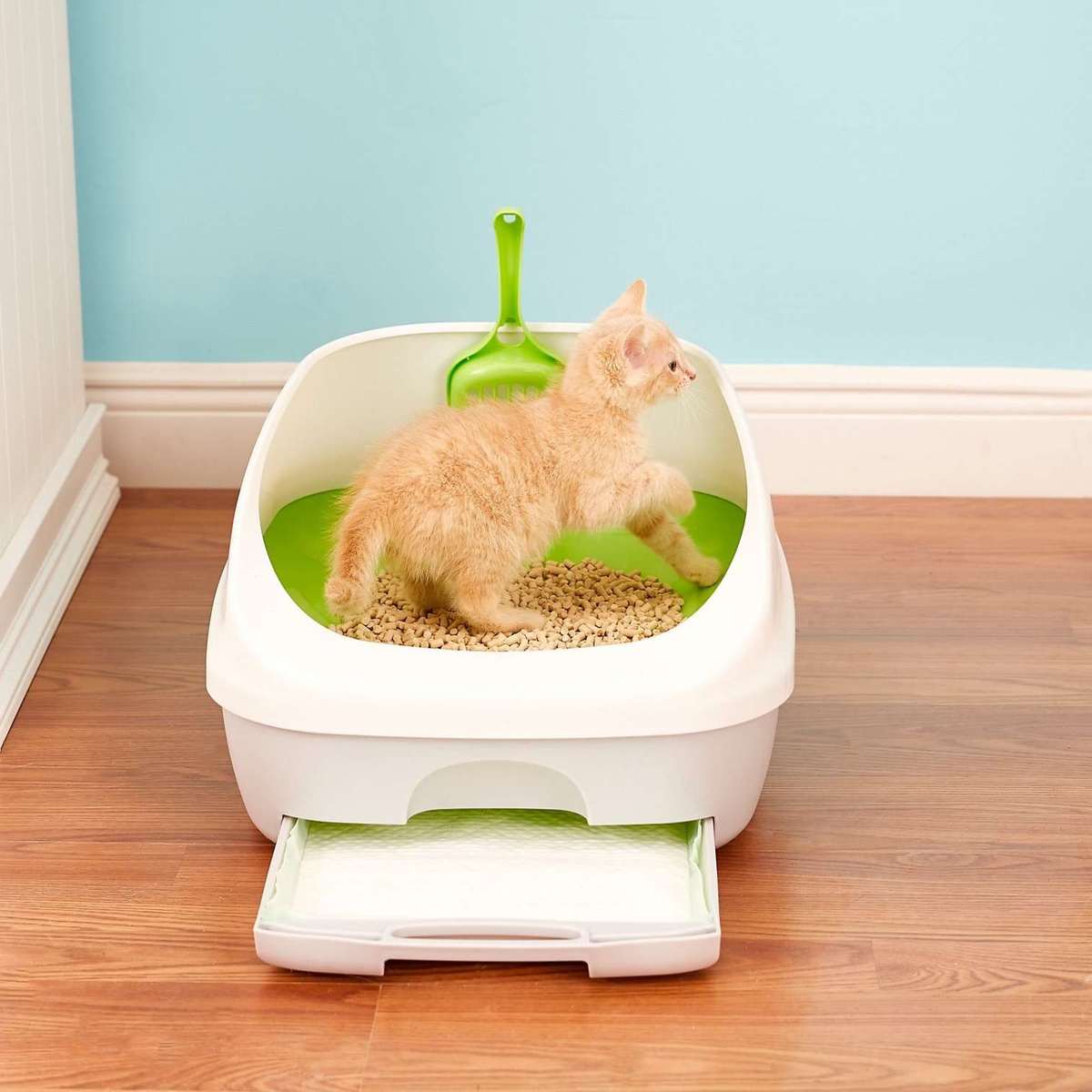
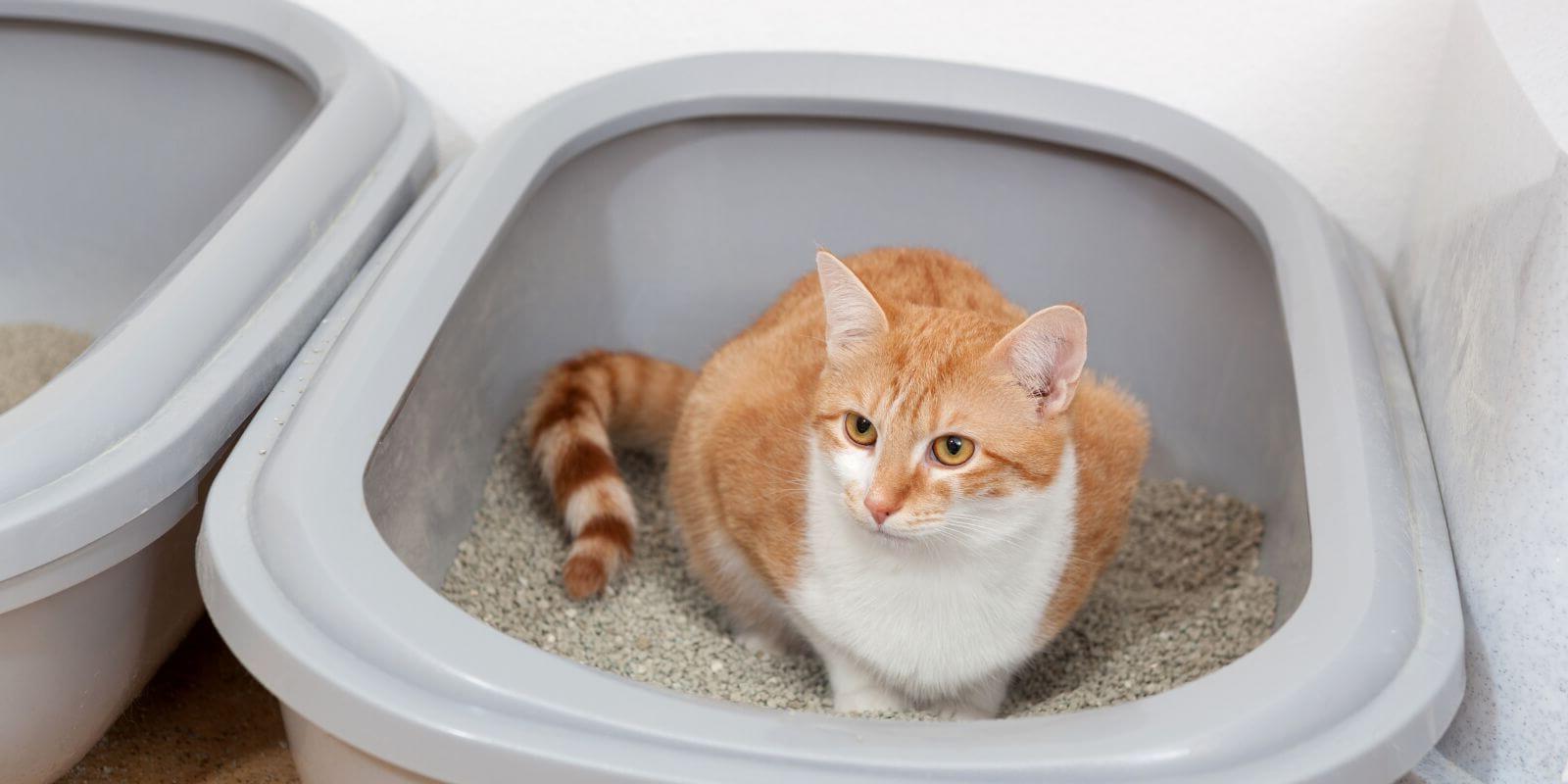
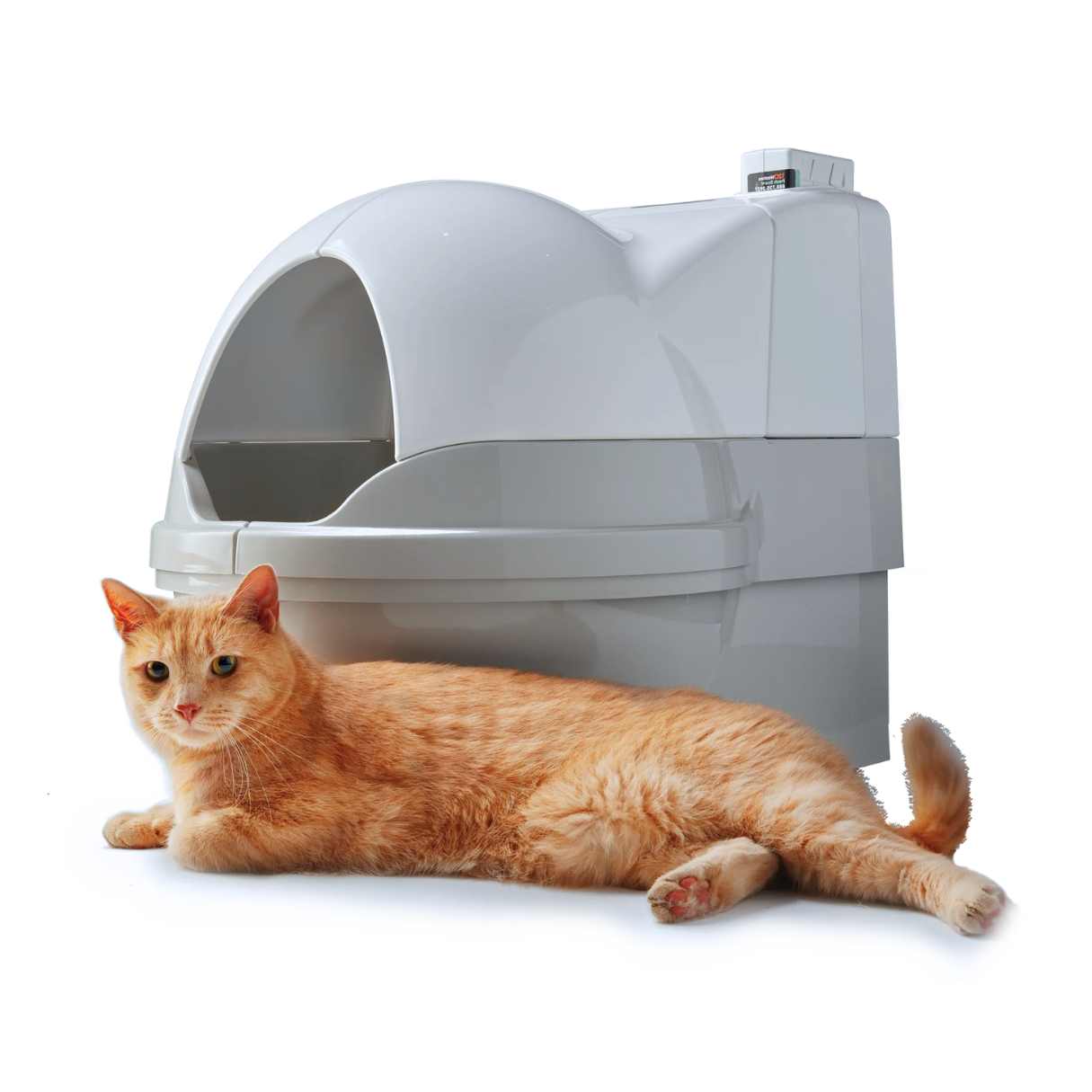
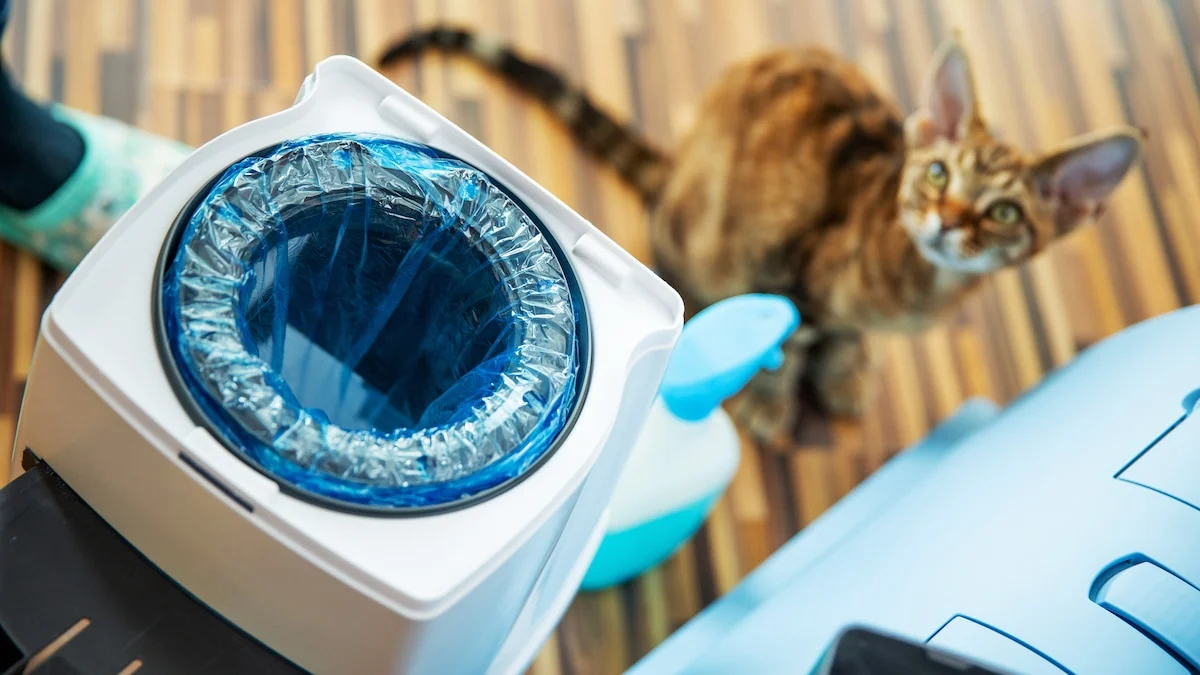
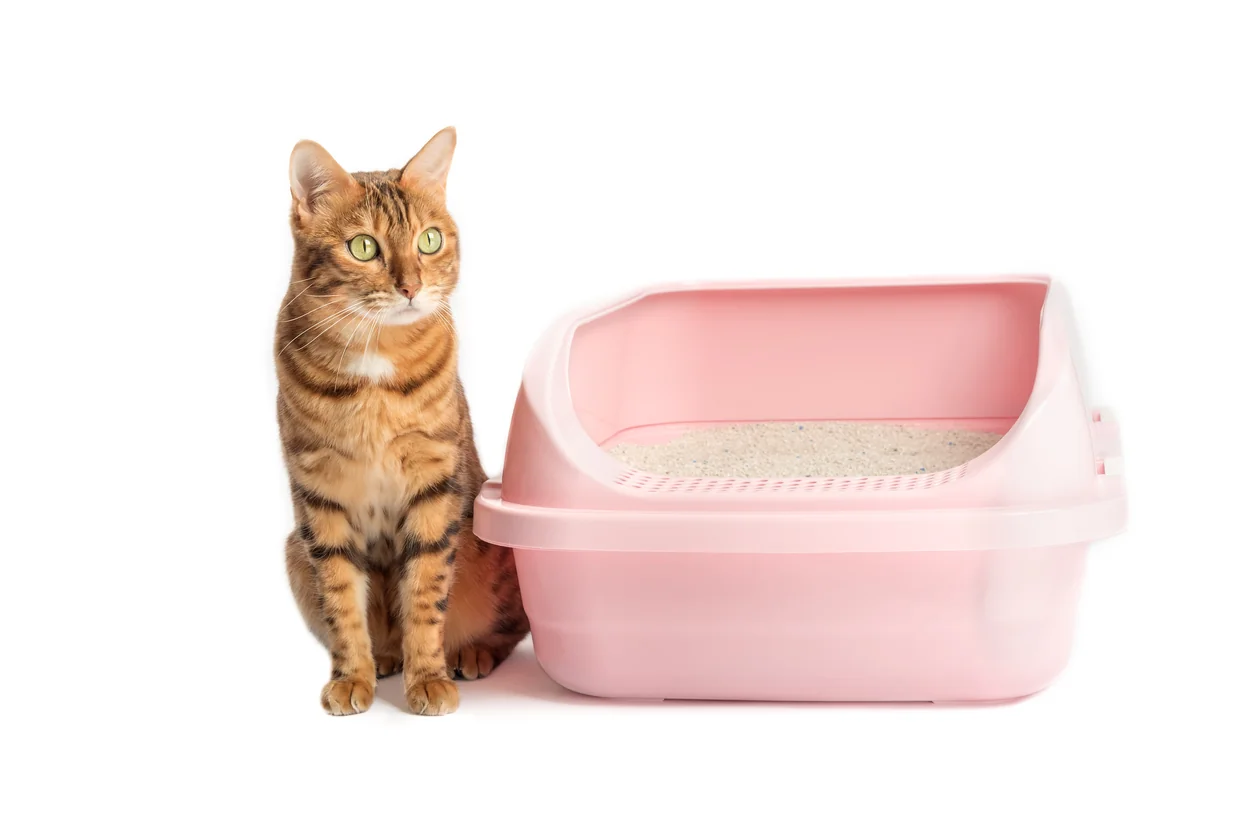

0 thoughts on “How Big Should A Litter Box Be For A Cat”